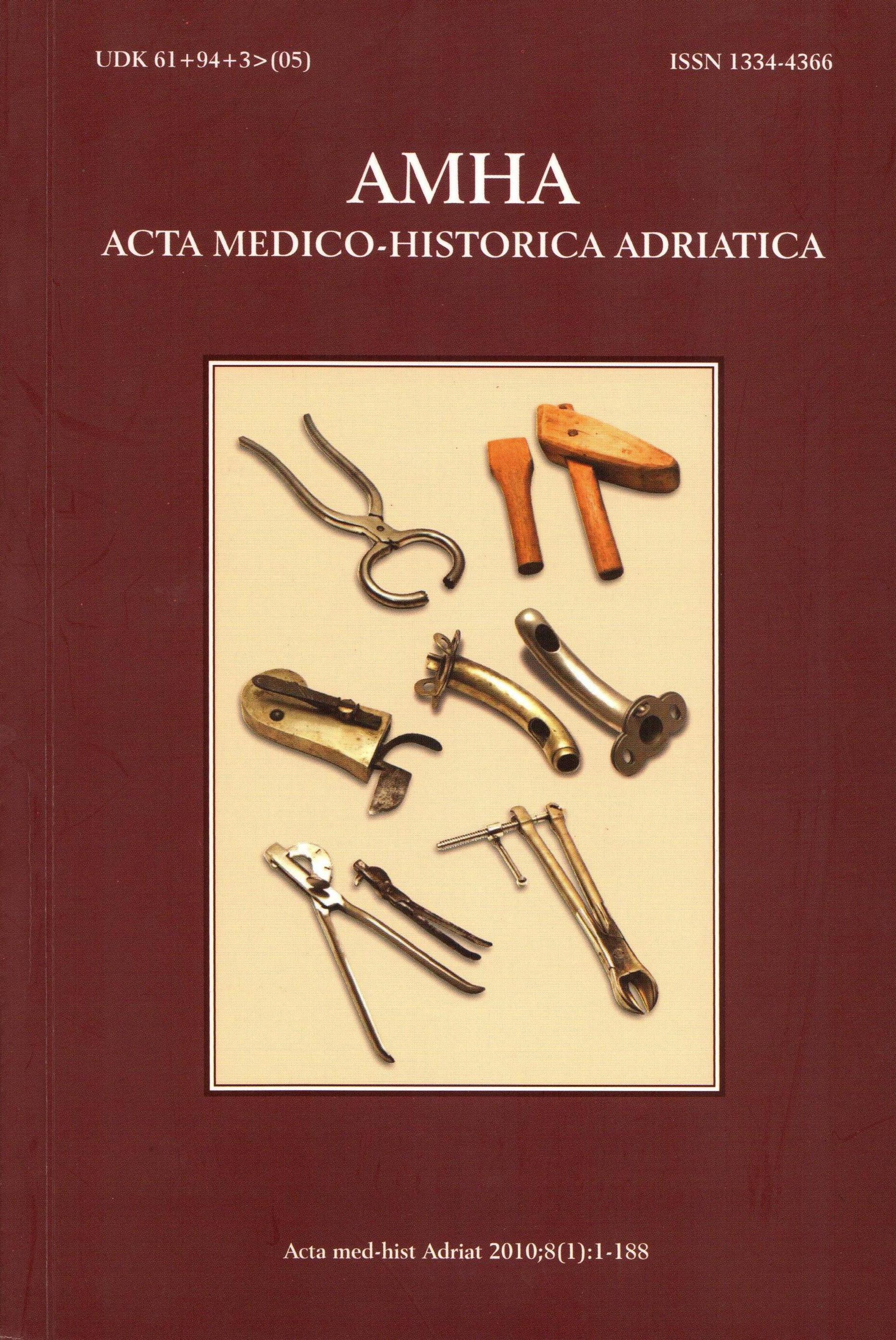MLJETSKA BOLEST (MAL DE MELEDA): PROMJENE IDENTITETA BOLESTI TIJEKOM POVIJESTI
Keywords:
Mal de Meleda, Mljet disease, skin disease, genetic disease, word of mouth disease, isolated populations, metapopulations, historiographyAbstract
Nowadays, hereditary diseases are viewed through molecular mechanisms, and one of them, which keeps occurring rather frequently in medical publications, has been named after the Island of Mljet. The world first learned about mal de Meleda from a Dubrovnik physician Luka Stulli in 1826. He described it in a number of his island patients as a non-contagious hereditary skin disease, and named it mal de Meleda (a disease of Mljet). After Stulli, numerous scientists continued to investigate its aetiology and distinctive properties, introducing new scientific procedures to research the disease. The article keeps track of the way people and medicine perceived and treated mal de Meleda patients, starting from the early 19th century to the present day. It pays special attention to how the disease was perceived and described in medical literature through history. There are no reports in writing about the disease before the 19th century, but in oral tradition it was perceived as a punishment for the sins of sacrilege, sins of piracy, or even as leftovers of leprosy brought by the crusaders. We investigated if these legends have any support in preserved historical documents and to what extent they are related to real historical events and circumstances. Influenced by the booming research in microbiology, end 19th century physicians believed the disease was an isolated focus of leprosy. However, early 20th century physicians defined it as a hereditary skin disease with changes which distinguish it from other skin conditions. Genetic nature of the disease was later confirmed by molecular science. As for its geographical origin, the most recent medical research has shown that mal de Meleda is not restricted to the island of Mljet, and that it is spread worldwide, particularly in regions that, historically, were the trading routes of the Dubrovnik Republic. This implies that the mutation has spread through migration and persists only because it is not lethal and does not affect reproduction.


